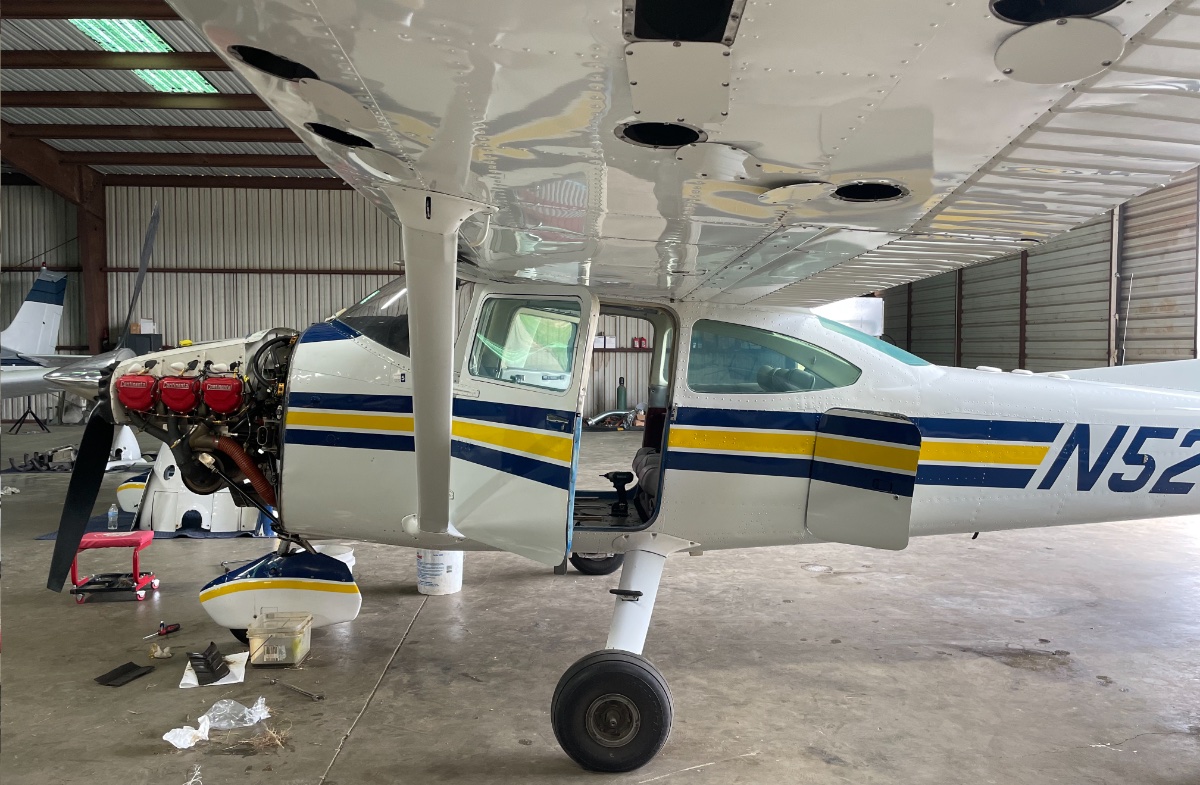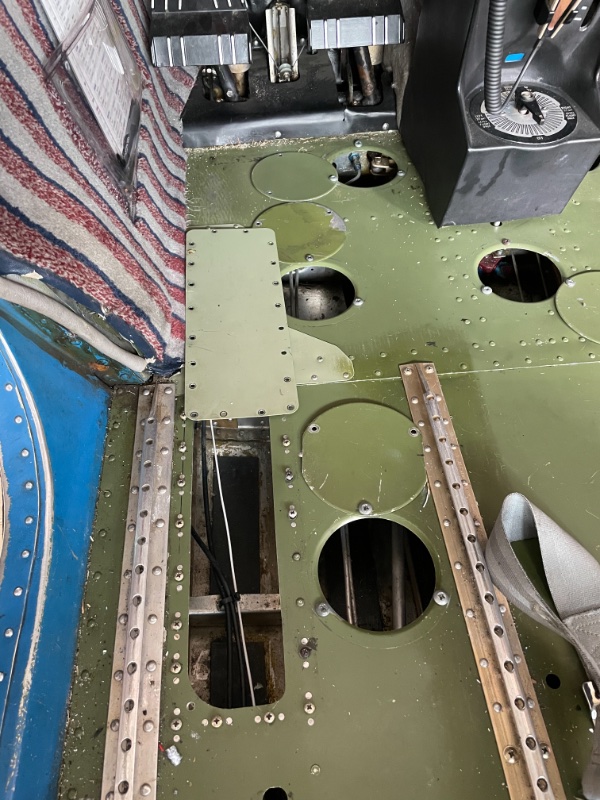The 2021 Annual Inspection
It’s a rite of passage that every aircraft owner must go through; the dreaded annual inspection. How will she fare?
When I purchased my airplane in the spring of last year, as part of my pre-buy inspection, I also had the aircraft go through its annual inspection. An annual inspection provides a complete and comprehensive inspection of an aircraft and must be performed at least each 12 calendar-months by a certified mechanic holding an inspection authorization (IA) certificate. The inspection for 2021 was going to be my first annual inspection since owning this airplane, and the first annual is the one that most aircraft owners dread. Many times, previous issues that were never fixed, or maybe were deferred by the previous owner can show up unexpectedly.
As far as the engine and primary aircraft systems were concerned, I wasn’t too worried. Immediately after signing the closing papers for the plane, I had a ferry pilot pick up the plane in California and fly it directly to an engine shop in east Georgia. The engine was removed and totally overhauled with fresh components and even included a few new options, like an electronic ignition system. Since taking delivery after the overhaul, I had been meticulous about the day-to-day operation of the engine, making sure that all engine temperatures were within limits, and as some of my friends might say, was obsessive about my oil changes. Believe it or not, the engine was the least of my concerns. I was more worried about all of the things that I couldn’t see.

I spoke with James, the mechanic that rebuilt my engine and scheduled a week in April to bring the airplane by to do an “owner assisted” annual. I wanted to participate in the inspection process so that I could learn everything there was to learn about my airplane. Although James would be responsible for the outcome of the inspection and would be signing off in the logbook, I was going to be able to assist with the disassembly and reassembly of the plane and would be able to look over his shoulder to learn about the intricacies of the aircraft’s systems and components. This was going to be fun!
Immediately upon arriving on Monday afternoon, I began by removing the cowlings from the front of the plane. Since I had just flown a little over an hour from Atlanta, the engine oil was still hot and would be much easier to drain from the engine. I started to drain the oil, and while it was draining, I found my first surprise. Just 2 weeks prior, I had flown up to Virginia for the weekend and parked the airplane outside for the weekend. When I arrived back at the airport to depart, I noticed that there were bird droppings on my propeller. At the time, I just shrugged it off and didn’t see any other issues, so I flew back home. Little did I know that in the short period of time that I was in Virginia, some birds had decided that my engine bay was a good place to build a nest. Of course, not in the front part of the engine that could be seen, but in the very back of the engine compartment, in between the last 2 cylinders.

While the oil was draining, I began to clean out the remnants of the bird’s nest, little by little. Although I was able to use my hands to get the big chunks out, I then had to start using needle nose pliers and picks to remove the small strands of pine straw and sticks that were down between the cooling fins of the cylinders. Lesson learned. I immediately ordered a set of cowl plugs to make sure that this wouldn’t be an issue going forward.
I then began removing the interior components. First to come out were the front seats, then the rear bench, and finally the carpet was removed. It’s definitely a sight to see a totally empty airplane. With the carpet removed, all of the inspection covers are exposed in the floor of the aircraft, which leads to the next steps. Every inspection cover needed to be removed and set aside. This not only includes the ones in the cabin, but also the ones in the fuselage as well as the wings. With all of the inspection covers removed, the aircraft almost looks like a slice of Swiss cheese.

The next component to be inspected was the one that I was the most concerned about. In late 2020, the FAA issued an Airworthiness Directive (AD) that affected almost 15,000 Cessna aircraft. This AD required a thorough inspection of the spot where the strut meets the lower door post to ensure that no stress cracks have formed. This AD applied to all Cessna aircraft (with wing struts) that have accumulated over a certain number of hours, which mine had passed several years prior, and the inspection is required every three years or every 1,000 hours. If cracks are found during this inspection, a service kit would have to be installed, which is very expensive and requires a considerable amount of labor to install.
To my surprise, when performing the inspection, we found that the service kit had already been installed on my aircraft. Apparently, prior to this issue becoming a required AD, Cessna had issued a service bulletin about the issue and the previous owner had it installed as a precautionary measure. We complied with the inspection and the plane showed no signs of cracks anywhere, and in fact, the underside of the floor and airframe itself showed no issues or corrosion. This was one part of the annual inspection that I was most concerned about, and it felt as if I had dodged a bullet.

The remainder of the annual was relatively uneventful. All cable tensions were checked, and only a single cable needed a slight adjustment. I needed to replace a gasket for one of my brake calipers, a bolt for my tow bar attachment, and while I was at it, I replaced my alternator belt. Absolutely nothing major needed to be repaired or replaced. After hearing all the horror stories about what some aircraft owners go through during their annual inspections, I was pleasantly surprised with the outcome.
All in all, I really enjoyed the experience of performing an owner assisted annual. I loved getting into the details about what made my airplane work and, in the end, feel like I am better equipped to be able to maintain the plane between annuals. Special thanks go out to James Watson of Watson Aero and to Dwonn and Karson Giesbrecht. They say that aviation is a family, and this group of people have gone out of their way to make that statement true!